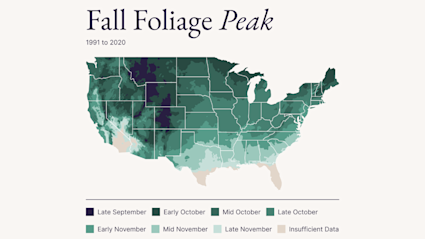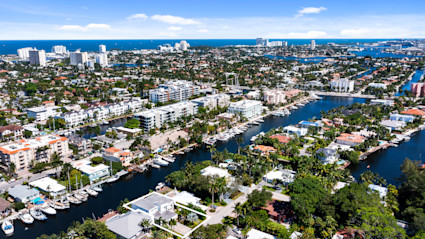Top destinations for fall foliage
Fall is that magical season between summer sunshine and winter festivities, when crisp air and colorful foliage transform the landscape. From golden aspens in the west to fiery red maple trees in the east, there’s no shortage of opportunities to soak in the beauty of this cozy time of year. Here are some of our favorite “leaf peeping” destinations. Late September through early October is when Mount Rainier National Park bursts into autumn color. Fiery red huckleberry meadows and golden forests contrast beautifully with the park’s snow-capped peaks, creating a dramatic landscape. Scenic trails at Paradise and Sunrise offer breathtaking overlooks, while quiet forest paths provide a peaceful way to immerse yourself in the season. With fewer crowds than many popular foliage destinations, Mount Rainier offers a serene and awe-inspiring fall experience. In mid-to late October, Late September to early October is when
Famous for its shimmering aspen groves, This rugged mountain destination kicks off fall early, with leaves beginning to turn in early September. Across Grand Teton National Park, the trees shift into brilliant shades of yellow, creating a vivid backdrop for scenic drives, wildlife viewing, and mountain biking on trails lined with autumn color. With fewer crowds than many East Coast counterparts, From late September through late October, the rolling hills and rivers of upstate New York transform into sweeping vistas framed by fiery maples and oaks. The region is known for its vibrant reds, yellows, oranges, golds, and even purples, creating a bold palette that feels almost otherworldly. Visitors can take in the scenery along the Hudson River rail line or tour local wineries to experience the magic of harvest season. Mid-October in the Berkshires marks the pinnacle of fall, showcasing classic New England charm with foliage in shades of red, orange, and gold. Lofty peaks and winding river valleys provide breathtaking vistas of the autumn landscape, while pumpkin patches, crisp air, and harvest festivals add a cozy, quintessential seasonal touch. Scenic drives along the Mohawk Trail, views from Mount Greylock, and stops at local festivals make the Berkshires a must-visit destination for fall foliage lovers.
Read









